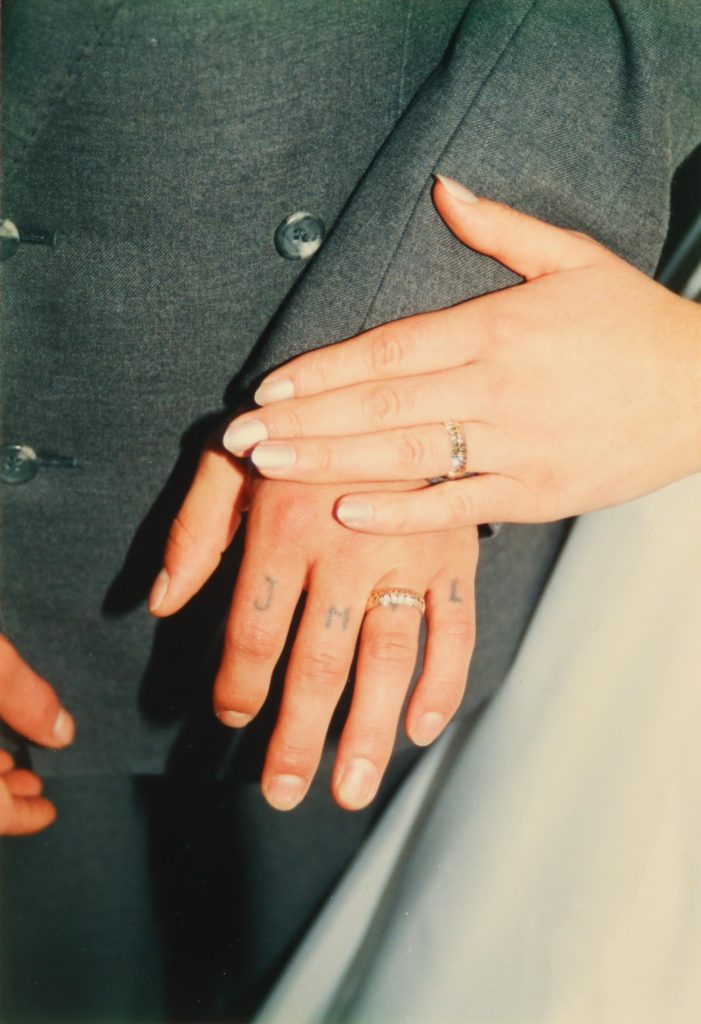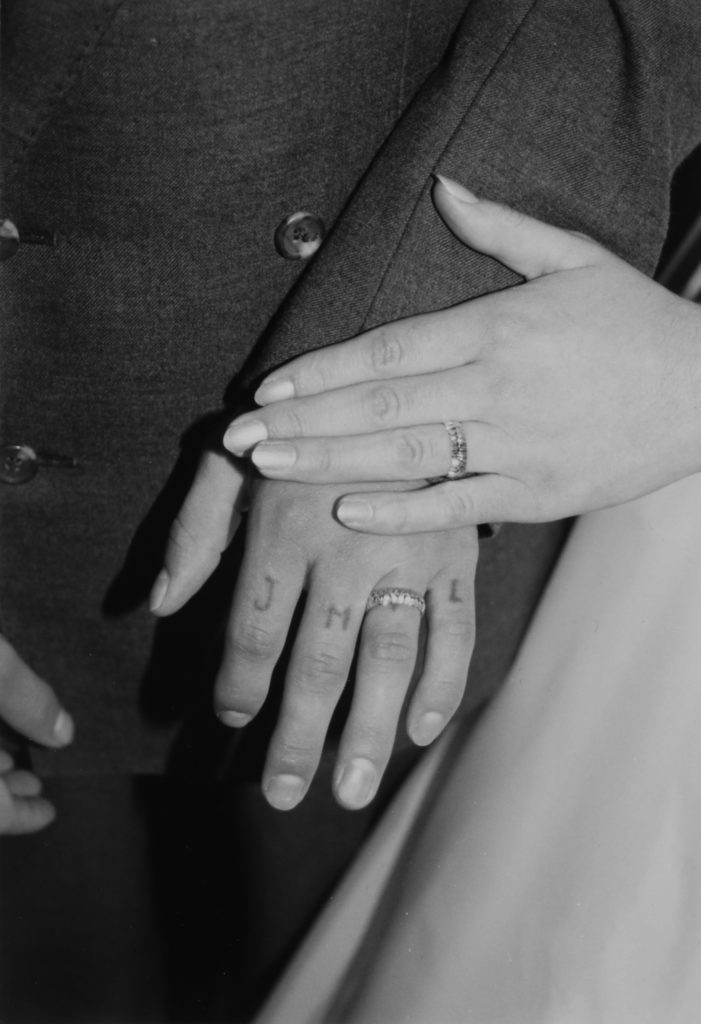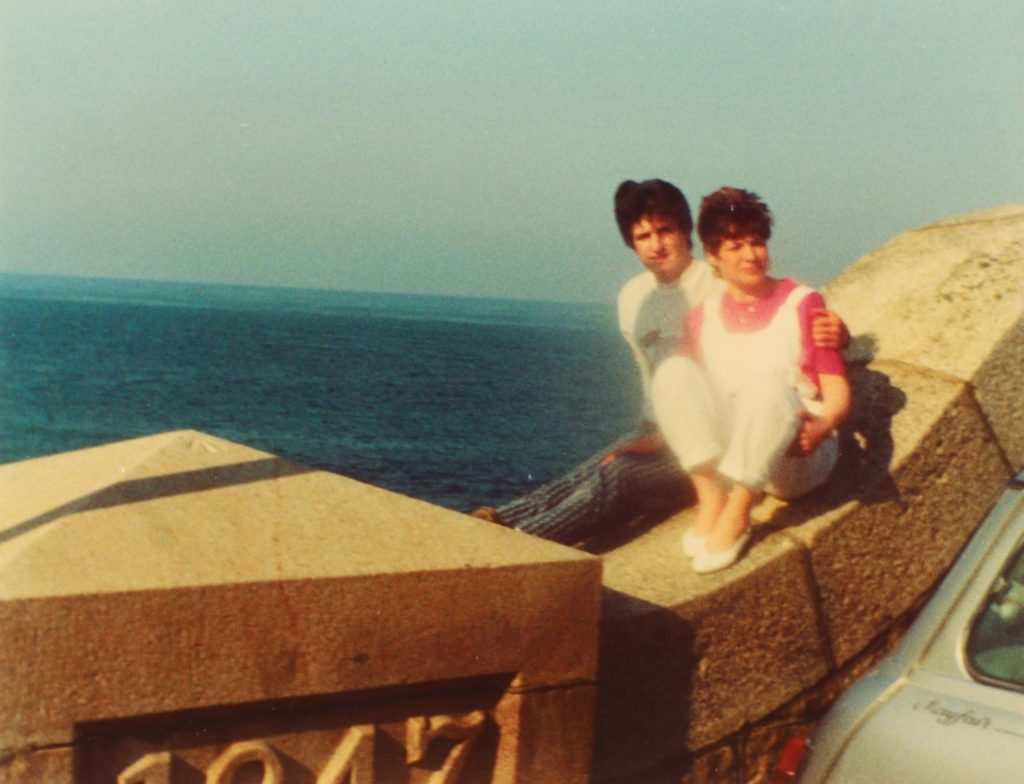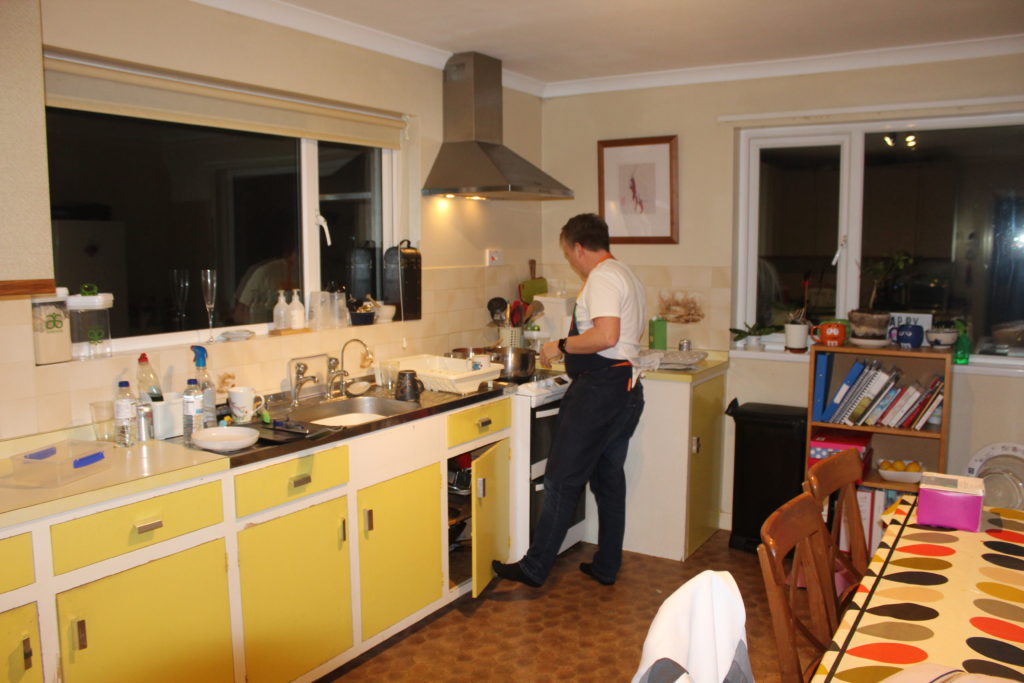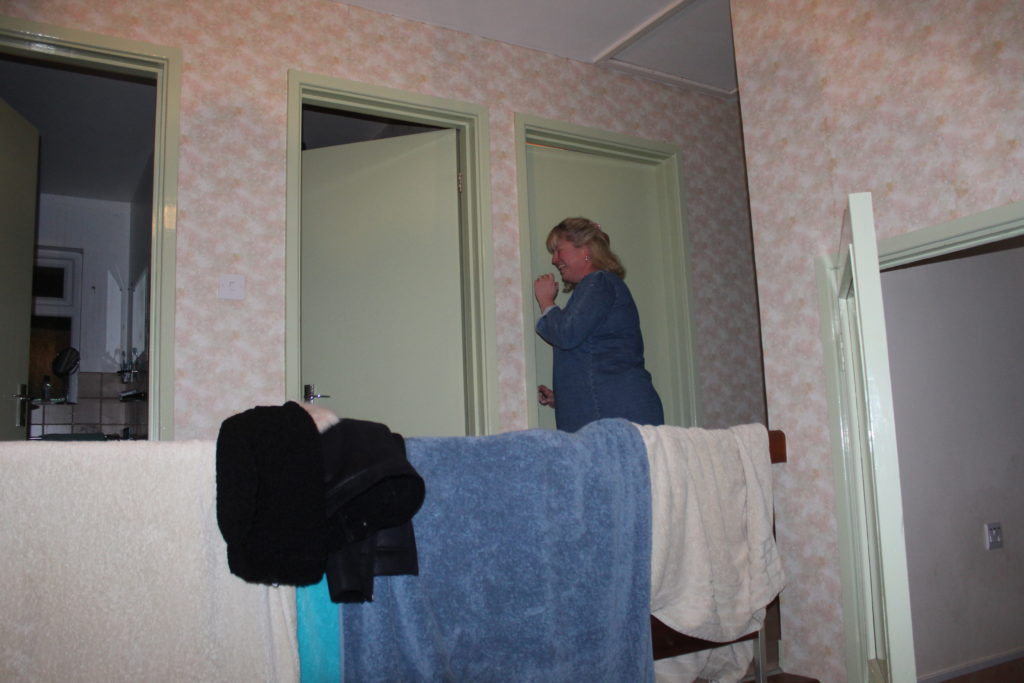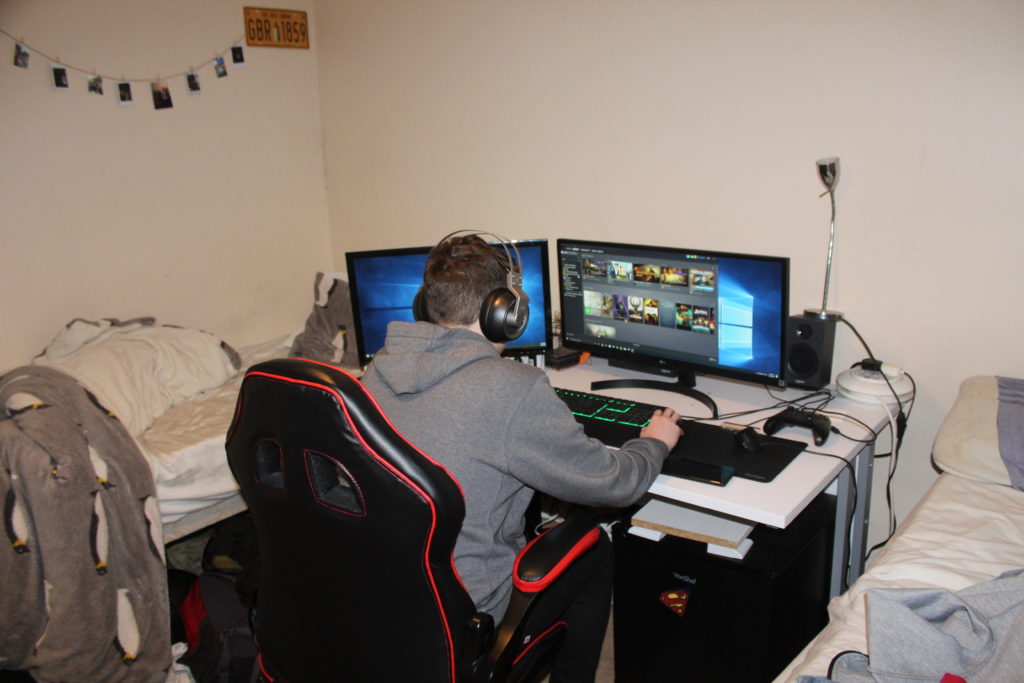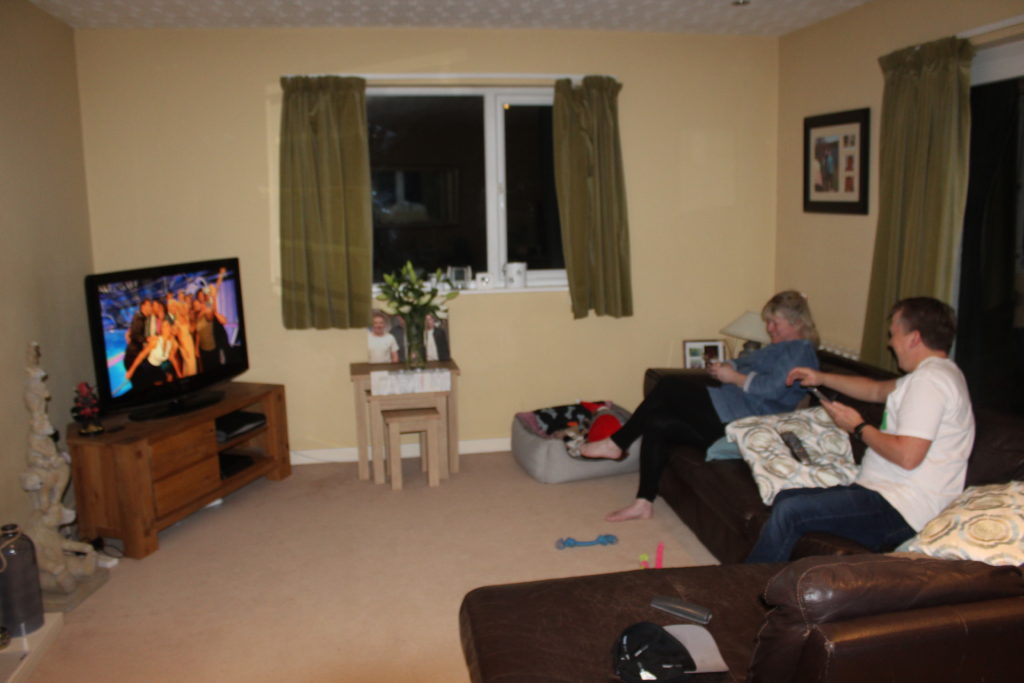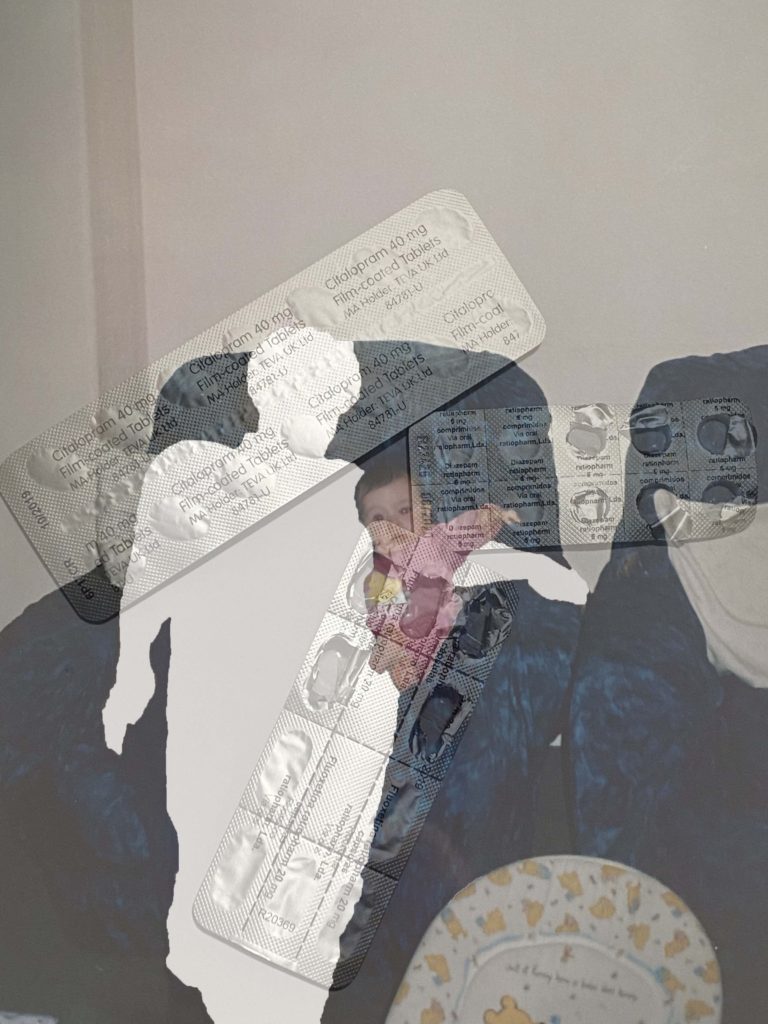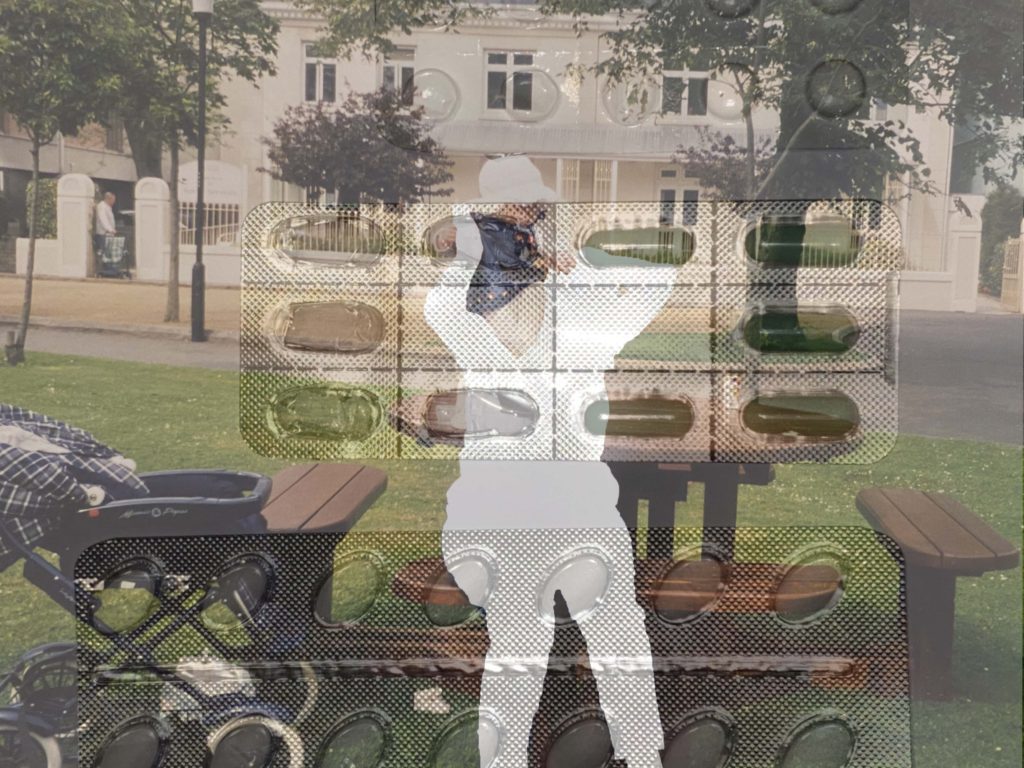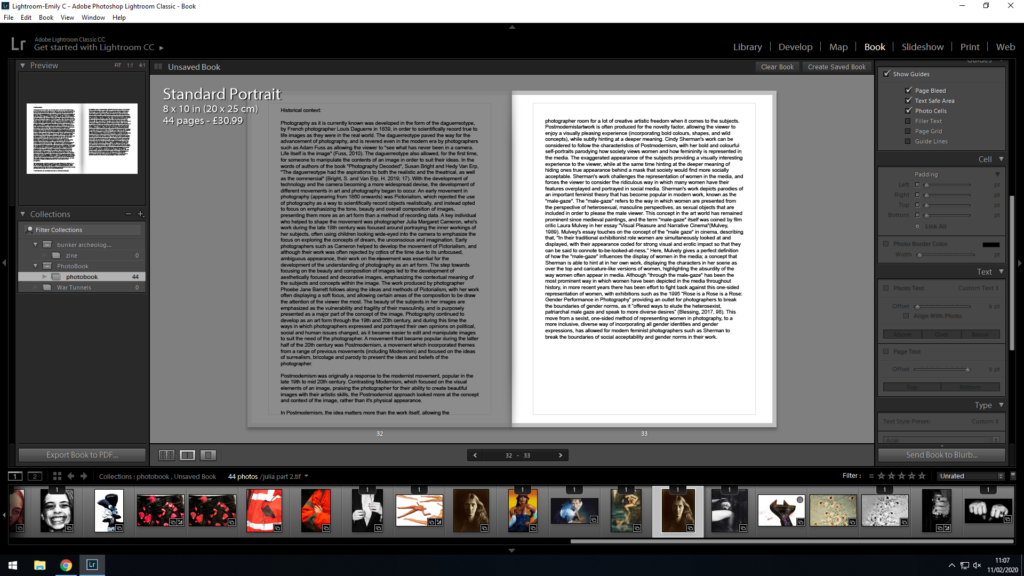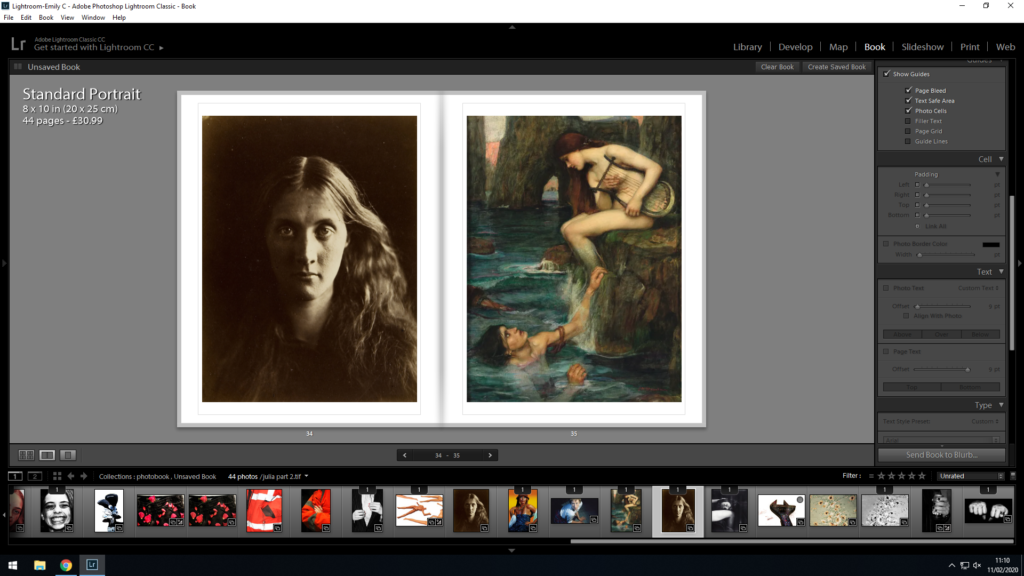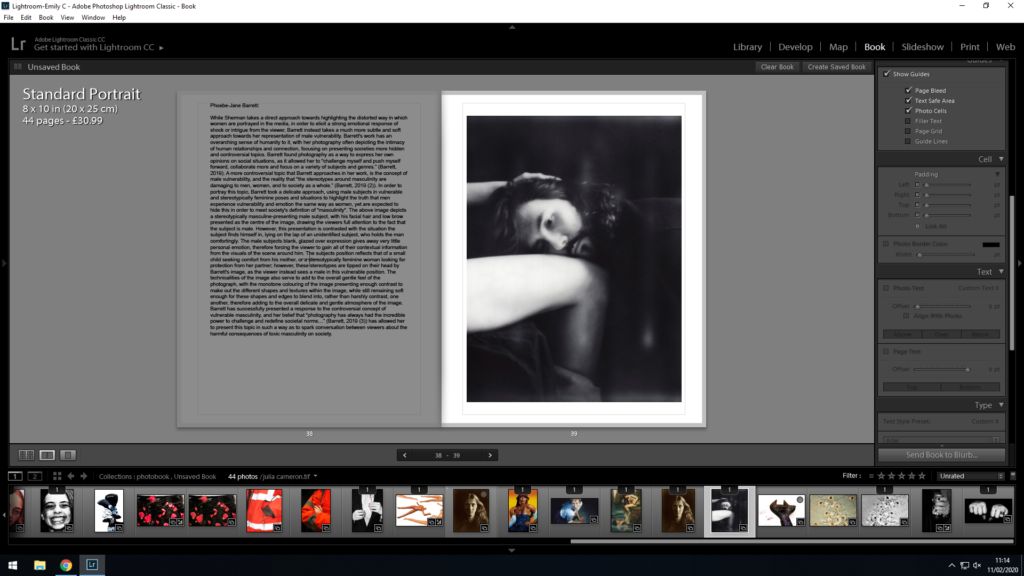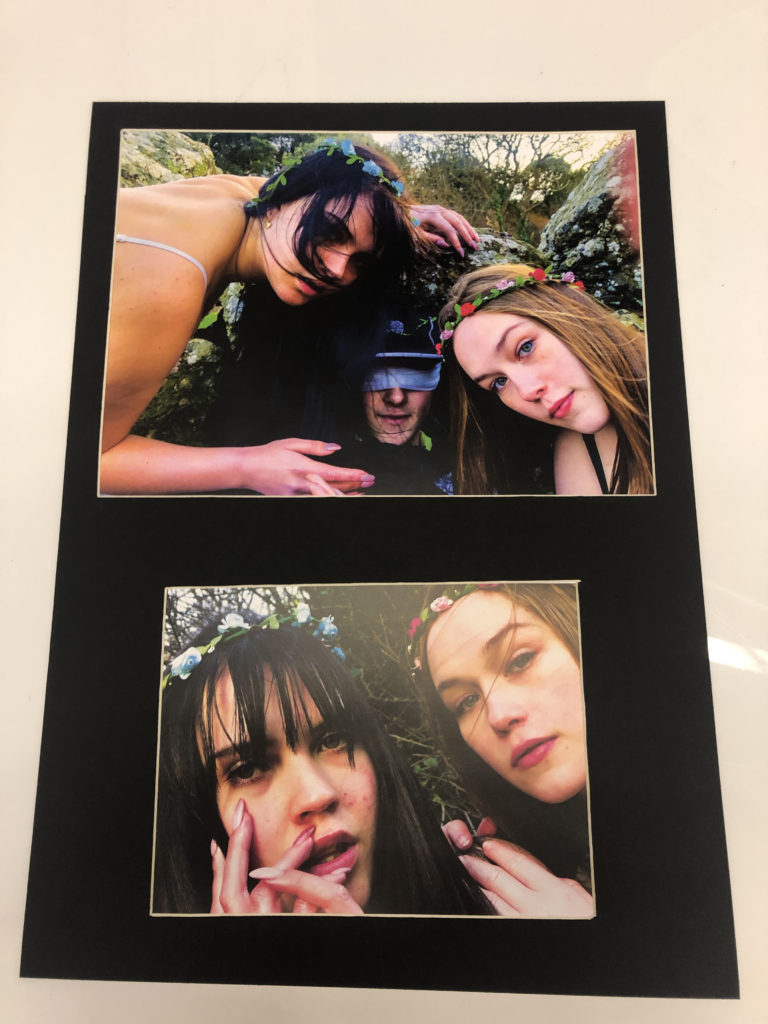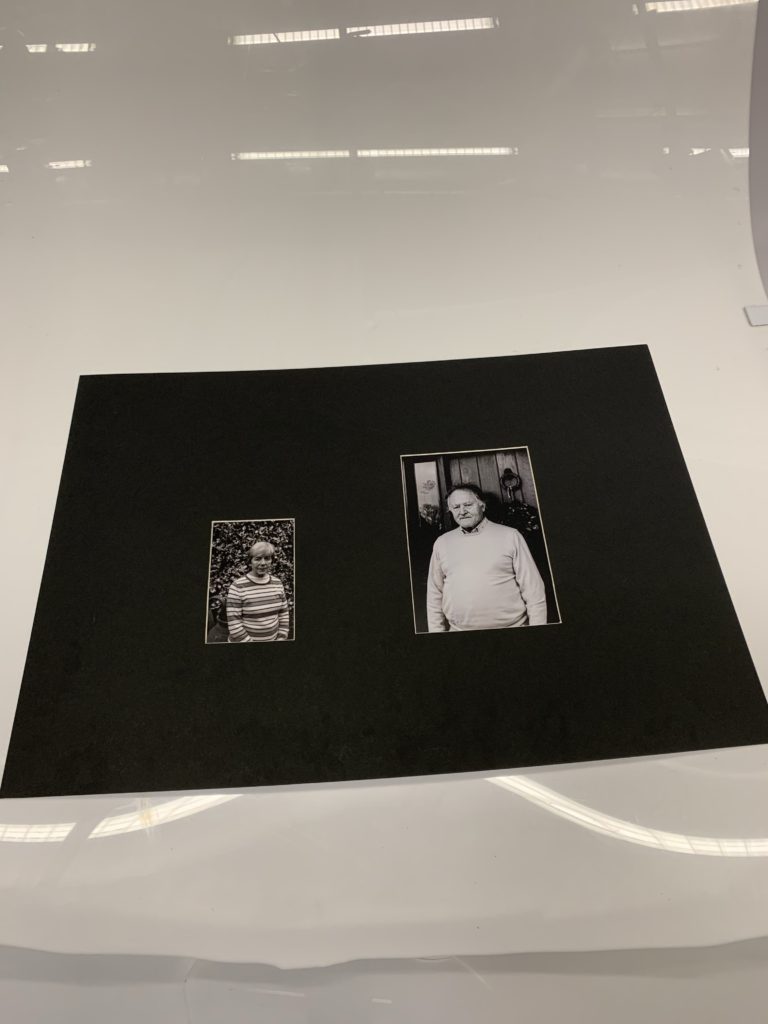How it all started:
It all started when Talal’s Jordanian Grandfather Wael got his student visa and went to Bristol to study in college, while he was doing that he met Talal’s English grandmother Sherree in the same college and they fell in love, and had their first child later on which was Talal’s mother “Jumanah. After they had Jumanah, Wael’s student visa ran out so he had to go back to Jordan and left Sherree with two options which were either to stay in England and raise a child on her own or go live with him in a country she has never been to and barley knows anything about.
So Sherree being just young and in love chose option two and went to Jordan, where she discovered over the time that it’s not easy for an English women to live a normal western life in a middle eastern country, where women’s rights are different and what I like to refer to as “cultural clash” kicked in and created the differences between Sherree and Wael and these differences later on separated them when Jumanah was only 4 years old. So Sherree left and went back to her home country and Wael couldn’t raise a kid on his own so left Jumanah with her auntie and her auntie’s husband Muhammad Al-Jazi who raised her. So Talal always saw Muhammad as a Grandfather figure because he was practically the one who raised his mother.
Muhammad Al-Jazi and “the knife”
Muhammad (AKA: Abu Ali) was the kind of person who always lived his life on the edge as he was one of the most adventurous people in Talal’s life. So one day he invited Talal to go with him to his small hunting house which was located in Ma’an in Jordan, and that was one of the most traditional places in Jordan with only a few houses and a lot of desert land so they went Jar-boa hunting in the morning then went back to his summer house for lunch and that’s where Talal being his touchy self-wanting to touch and play with anything he can get his hands on, picked up an outstanding antique knife Abu Ali had in the middle of his desk on a fancy stand, out of curiosity Talal opened the case of the knife and while he was doing that Abu Ali just realized what he was doing so screamed: “NO! Talal!” So Talal got jump scared and dropped the knife on the floor where the lion head on the end of the knife broke into three pieces as it was some type of ceramic. So he looked at Talal and said that this was a really precious thing to him so Talal asked him why was it? and he replied by telling Talal to take it with him back home and to fix it, so he can give it back to Abu Ali as it was before, in order for him to tell Talal the story behind it.
The terrible death of Abu Ali
As they were heading back home to the city Amman they went to see a buggy shop on the way as Abu Ali was curious to see the new buggies they got, so they went inside and as Abu Ali was looking around he found a nice dirt ATV and hopped on it to ask Talal how he looked on it, and he replied by informing him how much it suits him, so he bought it on the spot and they told him that they will deliver it to his farm house next day. So Talal went back home and everything was fine until he woke up next day to the noise of crying coming from his parents room, so Talal instantly thought that his great grandmother passes away because she was very poorly with cancer at that time so it just felt normal to him so he just started crying then his dad came into his room with his eyes all filled up with tears then he asked Talal why was he crying and he told him: “did my great grandma pass away?” And he replied: “no son she’s still fine but a couple of hours ago in the morning your grandpa Abu Ali got an ATV delivered to his farm so he got too excited and took it right away for a test drive, then went on a dirt path at the top of a mountain where he was going down the path and went straight into the valley where two farmers found his body beaten like a rag doll and called the ambulance so a helicopter came and took him right away where he passed away mid-way to the hospital on the helicopter”. And Talal just had the weirdest feeling as he knew it was true but just couldn’t believe it in the same time because his head just didn’t process the information because he was just with him the day before when he was in perfect health.
The story behind the knife
After being in shock behind the story Talal heard he started to process that his grandfather actually passed away a couple of days after the incident. So on the third day of the funeral Talal was with Hamza which is Abu Ali’s eldest son and Talal asked him: “what should I do with the knife because I was supposed to give it back to him after fixing it.” So Hamza was really surprised when he showed him the knife and Hamza said: “that’s a really antique and priceless knife you have there.”, then Talal asked him if he knew the story behind it and he told him all about it.
What Talal learnt about his family history.
After Hamza told Talal about the story behind the knife Talal was left in shock after Hamza informed him that this knife belonged to his great grandfather Mashhour Al-Jazi, who was the command officer of a really important battle in Jordan, which was between Israel and Jordan and Palestine’s combined force. The war was called “Battle of Karameh”. And the knife Talal has was actually the knife Mashhour used in that battle. Mashhour is a really loved and known figure by his country as he did great things for it.
How Mashhour’s accomplishments Inspired Talal
After Talal learnt all about Mashhour’s stories he got really inspired by the world of War and national service, then kept doing all his research about it. And his dream ever since was to join the Jordanian Military service. But unfortunately due to family reasons a couple of years after that Talal had to move away from his family alone to live with his friend in Jersey. But being his stubborn self he didn’t change his mind about joining the national service and still worked with what he had even if it cost him serving a country he wasn’t brought up in. So he joined the Marine Cadets at the beginning where he was exposed to the experience soldiers go through in the Navy, to give him a kind of sense of what he was getting himself into.
Everything was going great for Talal apart from the racism he received at the cadet center due to his different ethnicity which confused him about whether he wants to go through that in the actually navy, because it’s a lot of years of commitment and there’s no going back.


